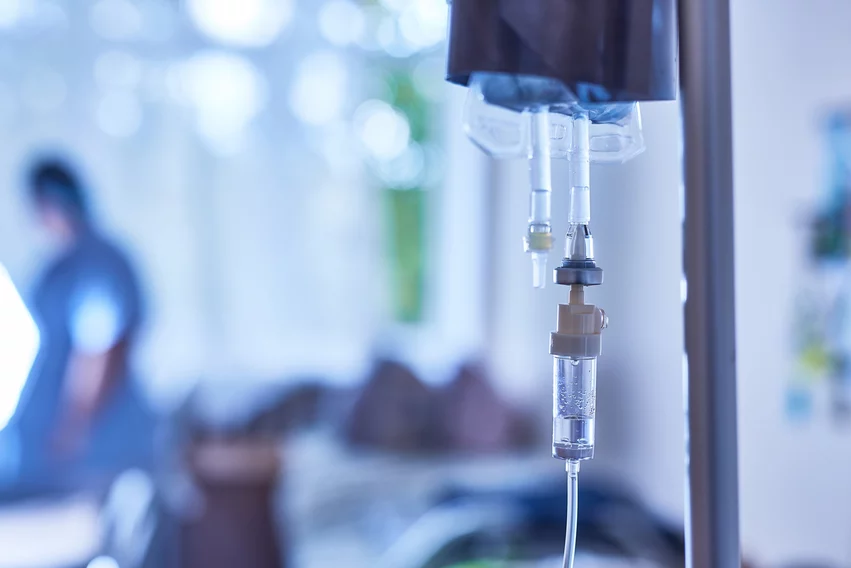ACR shares guidance for radiology providers facing IV supply shortages after hurricane
The American College of Radiology is sharing guidance for providers facing shortages of IV supplies amid recent weather disruptions.
Baxter’s North Cove manufacturing site was significantly impacted by unprecedented rain and storm surge from Hurricane Helene hitting western North Carolina. The Marion, N.C., facility manufactures more than half of such products in the U.S., but it had to halt operations after sustaining “critical damage” during the storms, ACR noted.
The company has now resumed some levels of production but is unlikely to return to previous output for “some time.” Radiology requires intravenous saline for CT contrast flushes and IV bags for interventional procedures, among other functions.
“While radiology may not be as highly impacted as other specialties, we are committed to doing our part to ensure optimal patient care,” ACR said in a Wednesday news update. “Each site should follow hospital, institutional or practice plans regarding IV shortage mitigation strategies, and evaluate and ensure that image quality remains acceptable and works within their system.”
The college detailed several strategies specific to radiology that could help to conserve IV supplies. These include:
- Reducing test or patency flush to 20 ml.
- Cutting or eliminating saline chasers used in CT (i.e., for venous-phase studies, consider using a 10 ml saline chaser instead of 30-50 ml).
- Decreasing (but not eliminating) chasers for MRI to 10 ml, where possible.
The American Hospital Association also offered a recent update on the IV shortage, as did the American College of Emergency Physicians, among others.
“The American College of Radiology strongly supports our members, colleagues, patients and all those impacted by Hurricane Helene and the ongoing catastrophic weather events in the southeastern United States,” ACR said in its Oct. 9 news item.

